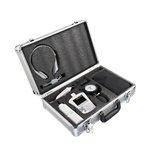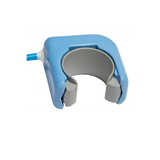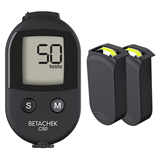The authors report that national guidelines advising doctors to measure blood pressure in both arms in many patients are not being routinely followed due to time pressures and lack of evidence. They argue, however, that it should become routinely part of measuring blood pressure and subsequent treatment.
Findings in this paper support a recently published study from the same authors, suggesting that different readings in each arm are a predictor of reduced survival and are associated with an increased chance of death over five years. This study looks to determine to what extent the difference in survival applies after 10 years.
Authors at the Peninsula College of Medicine and Dentistry looked at 230 patients between 1999 and 2002. All patients suffered from high blood pressure and were patients at a GP practice in rural Devon.
Blood pressure is often measured in both arms in healthy antenatal women and patients who are at a higher than normal cardiovascular risk due to diabetes, chronic renal disease or peripheral vascular disease. Studies show that the presence of an inter-arm difference has been a contributory factor for a delay in the diagnosis and poor control of high blood pressure.
After adjustments were made for age and gender, results show a 9% increase in risk of death for every one mmHg inter-arm differences in blood pressure, prompting the authors to suggest that BP should be routinely measured in all patients undergoing treatment for hypertension.
The study adds new important information to the evidence supporting the need to detect a difference which the authors hope will help to improve the measurement and management of high blood pressure. They believe that patients could benefit from a more intensive assessment, which does, however, require time, experience and training.
In conclusion, this study supports the view of "inter-arm difference as a simple indicator of increased cardiovascular risk”. The authors suggest that assessment of blood pressure in both arms should become a "core component” when treating patients with high blood pressure in primary care.
In an accompanying editorial, Dr Dae Hyun Kim from Harvard Medical School argues that for patients with an inter-arm difference, subsequent blood pressure monitoring should performed in the arm with the higher reading. This, he says, will help to determine necessary treatment, but more work is needed to establish the link between inter-arm blood pressure reading and mortality.


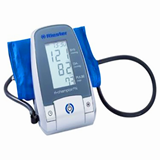
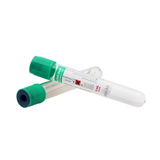


-160x160-state_article-rel-cat.png)

